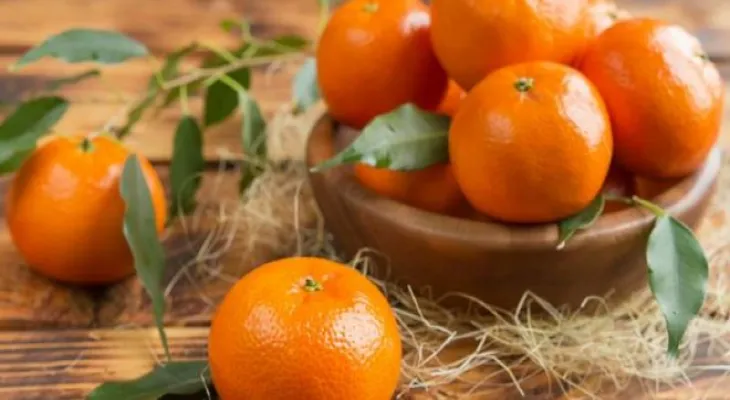Search here
Newspaper
Search here

Arab Canada News
News

Published: December 16, 2023
Large boxes and bags of small orange citrus fruits flow into grocery stores, but are they clementines or mandarins?
Today, the answer depends on where you live in Canada.
In eastern Canada, clementine boxes are prominently used to attract shoppers, as seen in the latest flyer from Real Canadian Superstore in Sudbury, Ontario, where a five-pound (2.26 kg) box from Morocco is sold for $3.88.
But browsing grocery flyers in western Canada - like this one from the same chain in Calgary - you’ll find large tangerine packages from China as the main attraction.
What’s the difference between a mandarin and a clementine anyway?
Malcolm Manners, a citrus science professor at the University of South Florida in Lakeland, Florida, explained: "Mandarins are a type of citrus just like oranges, which are different from grapefruit," and within mandarins, just like you have many types of apples, you have many types of mandarins - and one of those types is the clementine."
The citrus expert also pointed out that the words mandarin and tangerine are interchangeable.
But although the clementine is a type of tangerine, it is not usually sold under the more general mandarin label.
Manners said: "If a grocery store is selling clementines, they will sell them as clementines," noting that the variety has unique characteristics, such as usually being seedless.
On the other hand, mandarin can refer to any one of five or six varieties that come in season during the year.
According to Walt Breiden, retired vice president of Canadian sales in British Columbia for fruit importer Oppy, one of the most popular tangerine varieties in western Canada is Satsuma.
He said: "They are softer citrus, and taste sweet and tart," "They originated in Japan, and they are now grown in China and also grown in Korea."
Oppy, formerly known as Oppenheimer, first imported fruit to Canada in 1891 due to demand from Japanese railway workers.
Breiden said Canadians across the country enjoyed Satsumas - there was even a Canadian Pacific train known as the "Mandarin Express" that used to depart from Vancouver heading east.
Asian fruit for the West, Mediterranean fruit for the East
But with increasing shipping costs over the years, the clementine market from Spain and Morocco opened up to eastern Canada’s market.
Mario Massilis, vice president of sales and marketing at Catania Global in Mississauga, Ontario, a fruit company, said: "Unfortunately, we are very frugal and cheap consumers for fruits and vegetables in Canada compared to the rest of the world," which imports clementines to Ontario.
Massilis said the Mediterranean clementine plant started heading east about 30 years ago; it is much easier for a container [of clementines] to reach eastern Canada - you would pay nearly twice as much to ship it to western Canada."
But the border between Manitoba and Ontario is not the dividing line between the country of clementines and the mandarin market in Canada.
Northwest Ontario gets the best of both worlds
While residents of Thunder Bay tend to request mandarins at this time of year, thanks to a geographic advantage, grocery shoppers in the city may see boxes of clementines or mandarins - sometimes both - in the produce aisle.
Lisa Maltese, who owns Maltese’s Olde Grocery Store in the city with her brother, said: "Thunder Bay is in a very unique location."
She said that although it is in Ontario, the province’s main distribution center, Toronto, is about 1400 kilometers away, while Winnipeg is about half that distance.
As a result, grocery stores in northwest Ontario - especially independents like Maltese’s - come from both major cities, depending on the product.
Maltese said: "Our biggest cost will always be shipping... plus the fuel surcharges they impose on us, which are usually another 40 percent on top of whatever bills they send us."
"If you have to travel twice the distance for a similar product, obviously I’ll save half the money."
Comments